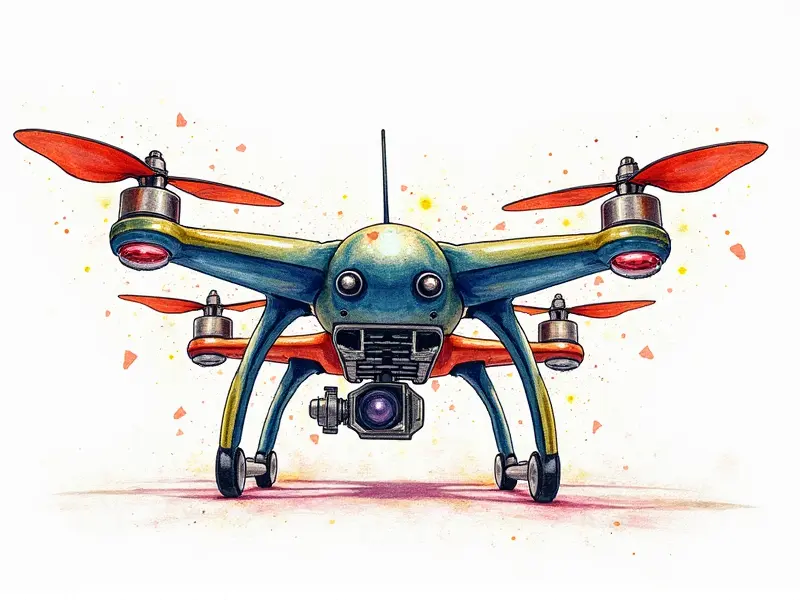Night flying regulations?

Legal Night Flight for RC Aircraft
Flying remote-controlled (RC) aircraft at night can be a thrilling experience, but it's crucial to understand the legal and regulatory requirements. The Federal Aviation Administration (FAA), along with other aviation authorities worldwide, has specific rules governing nighttime operations of unmanned aerial vehicles (UAVs). These regulations are designed to ensure safety for both pilots and the general public.
Before embarking on night flights, RC enthusiasts must obtain necessary permits and adhere to strict guidelines. This includes obtaining a special waiver from the FAA if you plan to fly beyond visual line-of-sight or in restricted airspace. Additionally, it's essential to familiarize yourself with local ordinances that may impose additional restrictions.
FPV Racing at Night: Is It Legal?
Flying FPV (First Person View) racing drones at night is a popular activity among RC enthusiasts. However, the legality of this practice varies depending on your location and the specific regulations set by aviation authorities. In many cases, flying FPV racers after dark requires special permission from local aviation bodies.
For instance, in the United States, the FAA mandates that all UAV operations must comply with Part 107 rules, which include restrictions on nighttime flights unless a waiver is granted. Similarly, other countries have their own set of regulations that RC pilots need to follow.
Nighttime Regulations for FPV Racing
FPV racing drones are typically smaller and more agile than traditional RC aircraft, making them ideal for night operations. However, these flights come with unique challenges such as reduced visibility and increased risk of collisions. To mitigate these risks, pilots must adhere to specific regulations:
- Lights and Markings: All FPV racing drones must be equipped with appropriate lighting to ensure they are visible from a distance.
- No-fly Zones: Avoid flying in restricted areas such as airports, military bases, or other sensitive locations.
- Communication: Maintain clear communication channels between pilots and observers to coordinate flight activities effectively.
Night Flying Permits for RC Quadcopters
Flying an RC quadcopter at night requires obtaining a special permit from the relevant aviation authority. In the United States, this typically involves submitting an application to the FAA through their UAS Online portal. The process includes providing detailed information about your flight plan and demonstrating compliance with all safety regulations.
RC Helicopter Night Operations Guide
Night flying RC helicopters presents unique challenges due to reduced visibility and increased risk of collision. Pilots must adhere to strict guidelines:
- Lights: Ensure your helicopter is equipped with appropriate lighting for night operations.
- No-fly Zones: Avoid restricted areas such as airports, military bases, or other sensitive locations.
- Safety Gear: Wear protective gear like helmets and gloves to ensure safety during flights.
Can You Fly RC Planes After Dark?
Flying RC planes after dark is generally not allowed without obtaining the necessary permits. The FAA requires all UAV operations, including night flying, to comply with Part 107 rules unless a waiver is granted. This includes providing detailed information about your flight plan and demonstrating compliance with safety regulations.
Nighttime RC Drone Regulations Explained
RC drones used for nighttime flights must adhere to specific regulations:
- Lights: Equip your drone with appropriate lighting to ensure visibility from a distance.
- No-fly Zones: Avoid restricted areas such as airports, military bases, or other sensitive locations.
- Safety Gear: Wear protective gear like helmets and gloves to ensure safety during flights.
RC Airplane Night Operations Guidelines
Flying RC airplanes at night requires adherence to strict guidelines:
- Lights: Ensure your airplane is equipped with appropriate lighting for night operations.
- No-fly Zones: Avoid restricted areas such as airports, military bases, or other sensitive locations.
- Safety Gear: Wear protective gear like helmets and gloves to ensure safety during flights.
Night Flight Guidelines for RC Pilots
Piloting an RC aircraft at night requires careful planning and adherence to specific guidelines:
- Lights: Equip your aircraft with appropriate lighting to ensure visibility from a distance.
- No-fly Zones: Avoid restricted areas such as airports, military bases, or other sensitive locations.
- Safety Gear: Wear protective gear like helmets and gloves to ensure safety during flights.
Must-Know Night Flying Regulations for RC Pilots
To fly an RC aircraft at night legally, pilots must be aware of the following regulations:
- Lights: Equip your aircraft with appropriate lighting to ensure visibility from a distance.
- No-fly Zones: Avoid restricted areas such as airports, military bases, or other sensitive locations.
- Safety Gear: Wear protective gear like helmets and gloves to ensure safety during flights.
Legalities of Night Flight with RC Models
Flying RC models at night involves legal considerations such as obtaining necessary permits, adhering to specific regulations, and ensuring compliance with aviation authorities. Pilots must be aware of local ordinances and restrictions that may apply in their area.
Conclusion
Night flying RC aircraft can be a thrilling experience but requires careful planning and adherence to strict guidelines. By obtaining necessary permits, equipping your aircraft with appropriate lighting, avoiding restricted areas, and wearing protective gear, you can ensure safe and legal night flights. Always consult local aviation authorities for specific regulations in your area.

